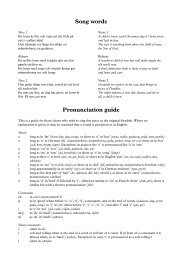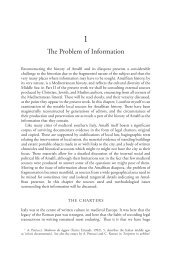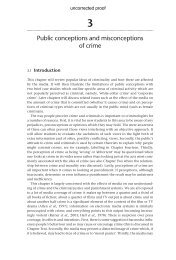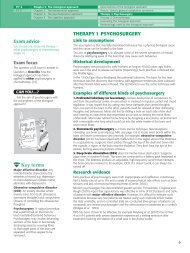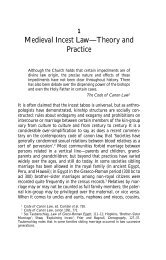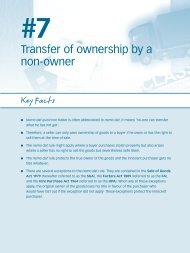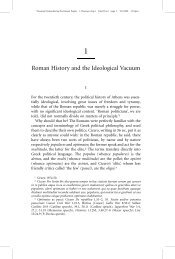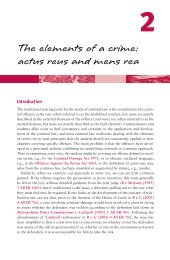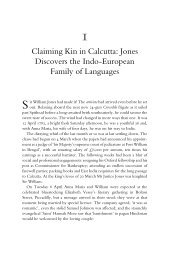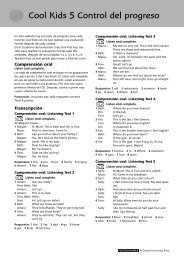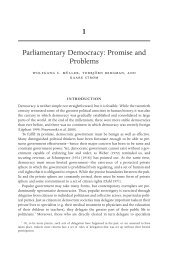Chapter 11 The Tort of Negligence - OED-update - Oxford University ...
Chapter 11 The Tort of Negligence - OED-update - Oxford University ...
Chapter 11 The Tort of Negligence - OED-update - Oxford University ...
You also want an ePaper? Increase the reach of your titles
YUMPU automatically turns print PDFs into web optimized ePapers that Google loves.
Overseas Tankship (UK) Ltd v Morts Dock & Engineering Co Ltd<br />
(<strong>The</strong> Wagon Mound) (1961)<br />
<strong>Chapter</strong> <strong>11</strong> <strong>The</strong> <strong>Tort</strong> <strong>of</strong> <strong>Negligence</strong> 373<br />
Facts: <strong>The</strong> defendants spilt oil from their ship, the Wagon Mound, in Sydney Harbour. <strong>The</strong> oil<br />
spread to a wharf, where some welding was going on. <strong>The</strong> welding stopped until the defendants<br />
found that it would not ignite in the water. Three days later, a bit <strong>of</strong> cotton waste was floating in<br />
the oil and it ignited from a spark from the welding. <strong>The</strong> claimant’s wharf was destroyed.<br />
Decision: Although the fire was as a direct result <strong>of</strong> the oil spillage, it was too remote, as no<br />
one knew oil could ignite in that way, i.e. it was not reasonably foreseeable.<br />
<strong>The</strong> precise nature <strong>of</strong> the injury suffered need not be foreseeable, if the injury was <strong>of</strong> a kind<br />
that was foreseeable, even if the damage is more severe than anticipated.<br />
Hughes v Lord Advocate (1963)<br />
Facts: Post Office workers left a manhole open surrounded by paraffin lamps. Two boys<br />
climbed into the manhole. One <strong>of</strong> the boys took one <strong>of</strong> the paraffin lamps and dropped it into<br />
the manhole. <strong>The</strong> paraffin from the light vaporised and was ignited by the flame causing an<br />
explosion. Both boys suffered severe burns.<br />
Decision: <strong>The</strong> defendant was liable, as the type <strong>of</strong> harm was foreseeable even if the exact way<br />
in which it occurred was not. <strong>The</strong> explosion was not foreseeable but burning was foreseeable.<br />
Jolley v London Borough <strong>of</strong> Sutton (2000)<br />
Facts: A small boat was abandoned on grounds near a block <strong>of</strong> flats owned by the Council.<br />
<strong>The</strong> boat became derelict and rotten. <strong>The</strong> Council was aware that children played on the boat,<br />
which they knew was dangerous. <strong>The</strong> claimant, aged 14, and a friend were injured when they<br />
tried to jack up the boat to repair it.<br />
Decision: <strong>The</strong> Council was liable as some harm was foreseeable, even if the precise way the<br />
harm occurred could not be foreseen.<br />
<strong>The</strong> Eggshell Skull Principle<br />
<strong>The</strong> Wagon Mound case states that injury or damage must be reasonably foreseeable, but<br />
this does not displace the legal principle that the defendant must take his victim as he finds




